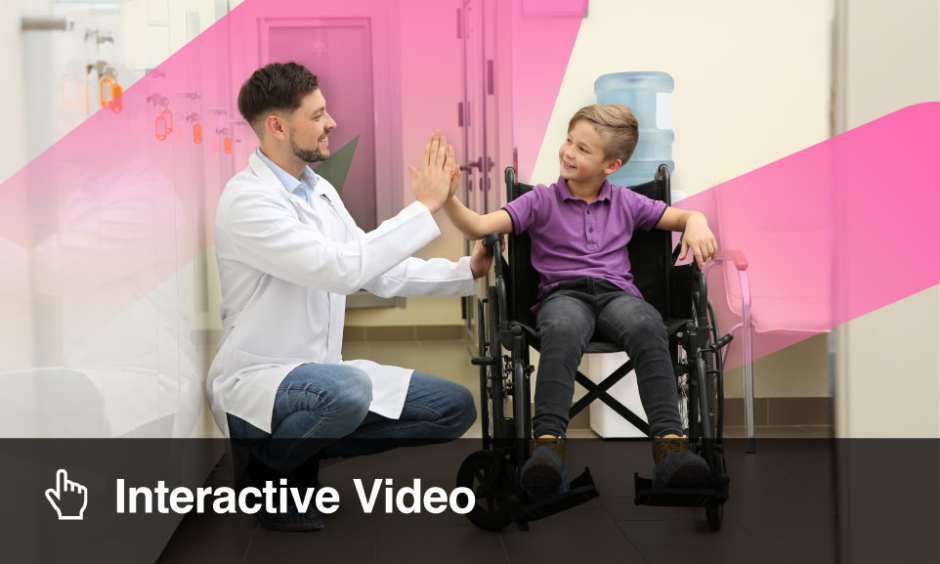GABA, the inhibitory neurotransmitter, has been linked with autism for the first time thanks to recent advances in autism-related research. It is thought that this breakthrough could be key to earlier diagnosis and intervention of condition, as well as potentially provide future treatments.
Researchers from Harvard University, Cambridge, Massachusetts, USA, utilised a phenomenon known as binocular rivalry, which has been shown to elicit a different response in the brains of those with autism compared with non-autistic people. In binocular rivalry, two different images are presented simultaneously to each eye. The brain works to suppress the images presented to one eye for seconds at a time before doing the same with the other eye. Our resultant perceived vision is an average of the two. However, in autistic people, the process of oscillating between images is much slower, and the suppressed image may be repressed more weakly.
Using magnetic resonance spectroscopy, which can measure the levels of various neurotransmitters in the brain alongside binocular rivalry, Dr Caroline Robertson, Research Fellow, Harvard University and colleagues examined levels of excitatory and inhibitory neurotransmitters in the brains of 21 autistic people and 20 controls. The results demonstrated that autistic brains exhibit less GABA than ‘normal’ brains, although levels of excitatory neurotransmitters remained normal.
This finding was not wholly surprising, as the relationship between inhibitory neurotransmitters and the inability of the autistic brain to suppress incoming stimuli (often described as a flooding of sensory input), has been shown in animal models, but as Dr Robertson, states: “This is the first time, in humans, that a neurotransmitter in the brain has been linked to autistic behaviour – full stop.”
“If these findings hold true in children as well as adults…right now we cannot diagnose autism in children who cannot speak, but that is when early intervention would be most effective. But before children can talk they can see, so we may be able to use this type of visual task to screen children and see if there is something imbalanced in their brain” she added.
Despite the excitement, the researchers remain judicious: “we were looking at the GABA story, but we are not done screening the autistic brain for other possible pathways that may play a role.” They also note that the GABA dysfunction they have uncovered may be extremely variable across people on the autism spectrum.
(Image: freeimages.com)







